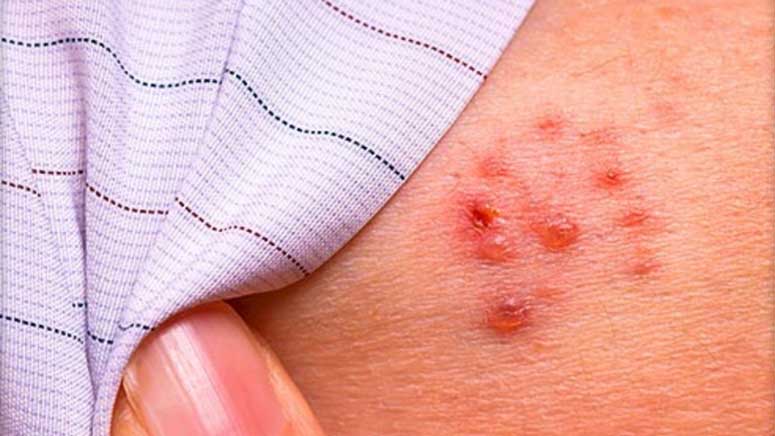Generalized Information about Shingles

Shingles (Herpes zoster) [1] is a viral disease characterized by unilateral skin rashes with severe pain syndrome. The causative agent – the varicella zoster virus (Varicella zoster) of the herpesvirus family, at the first meeting with the body (often at a young age) causes typical chickenpox.
People who have previously had chickenpox [2] fall also develops the disease. Mostly people of the elderly and senile age can develop shingles, as well as people with weakened immunity: patients with leukemia, lymphogranulomatosis, neoplasms, receiving chemotherapy, long-term receiving corticosteroids and immuno-depressants. The infection is especially common in patients with acquired immunodeficiency syndrome.
Children who have not previously had chickenpox, upon contact with patients with shingles, develop a typical “chickenpox”. It has been proven that after the transferred chickenpox, the virus persists for many years in human nerve fibers, without causing any damage to human health. With a sharp weakening of local and general immunity, the activation of the virus may occur, and the infection manifests itself in the form of rashes in those skin areas for which the affected nerve is responsible. It is the participation of nerves in the development of the disease that causes a pronounced pain syndrome. In most cases, the intercostal nerves or the trigeminal nerve are affected.
A characteristic feature of herpes zoster is one-sided lesion. Depending on the localization of nerve damage, the following conditions may develop:













